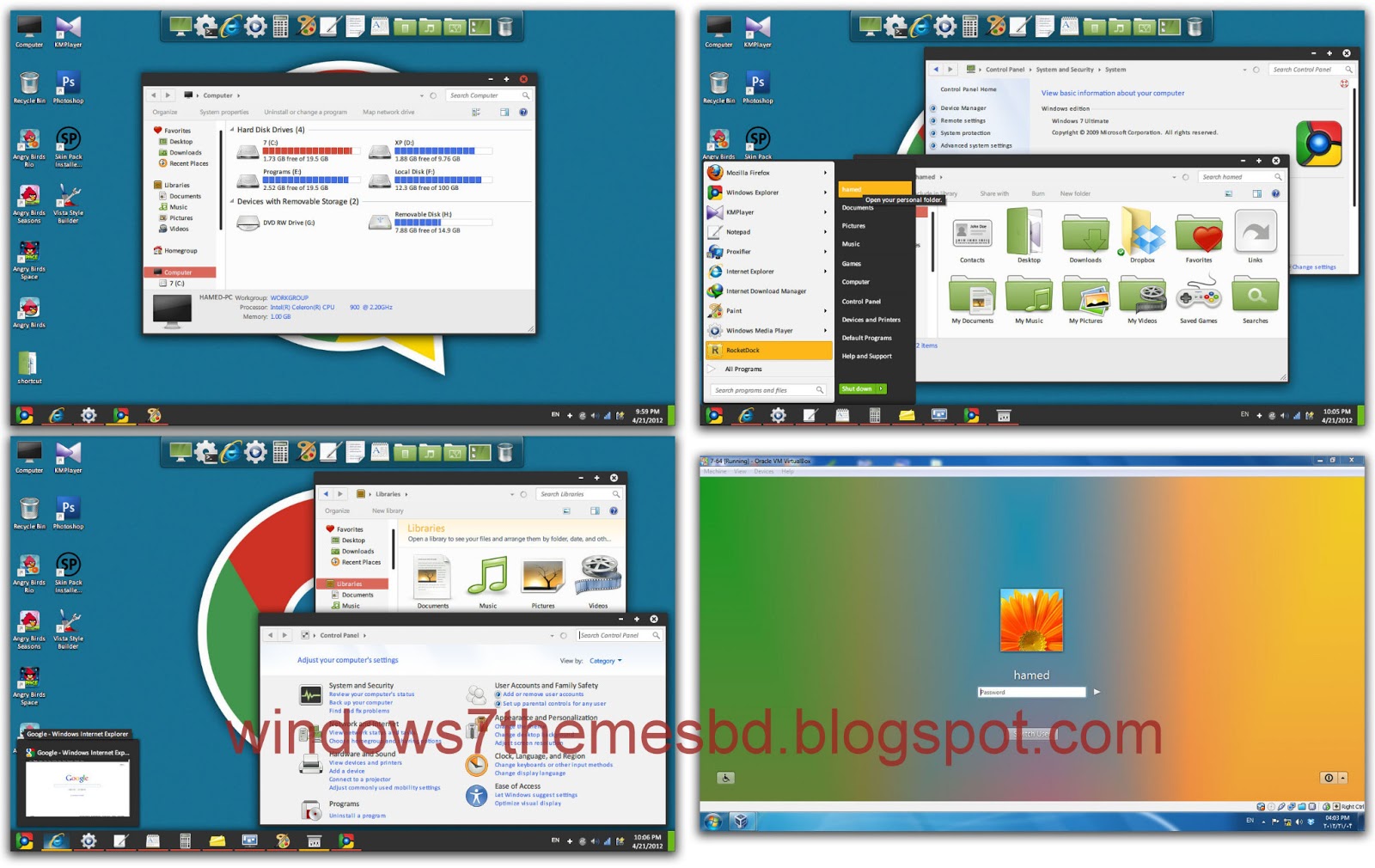


And standard Google features like Google Assistant, which has become a core part of the Chromebook productivity package, were missing entirely on CloudReady-converted computers. The exceptionally effective Powerwash system for resetting a Chrome OS device wasn't available within CloudReady at all. Some Google services, such as Drive and Maps, didn't always work as expected in the CloudReady environment. CloudReady couldn't play video from Netflix or certain other streaming services without fairly complex workarounds, for instance. It was a brilliant setup, but as an unofficial, non-Google-associated project, it came with some inevitable limitations.
#Chromium oslatest code#
CloudReady used Google's open-source Chromium code to create a Chrome-OS-like environment that could be applied to any old computer and then updated regularly via CloudReady's own ongoing efforts.
#Chromium oslatest software#
And it should.Ĭhrome OS Flex is essentially an evolution of a third-party software setup called CloudReady. If you've been reading this column and following the Chrome OS ecosystem for long, the concept behind Chrome OS Flex might sound familiar. The craziest part of all? The software and everything around it is completely free and available for anyone - businesses, schools, and even individuals - to use. Chrome OS Flex is a wild new program that makes it almost laughably easy to convert any old Windows or Mac system into a fully functioning Chrome OS device - one that's updated every four weeks, just like a regular Chromebook, and always as secure as can be. That's exactly where a new effort called Chrome OS Flex comes into play. So a little over a year ago, Google came up with a way to handle that and offer enterprises the ability to run Windows apps within Chrome OS with virtually no ongoing effort.īut the other part of the challenge is simply the fact that making a leap to the whole other platform is a daunting and also costly change - especially when most companies have stockpiles of still-functioning old Windows systems sitting around and collecting dust. Plain and simple, while Chrome OS might be able to handle 95% of a typical organization's needs, lots of places still rely on legacy programs that operate only in the Windows environment. Part of that challenge is closing the gaps with how some companies still approach computing. The trick now for Google, particularly on the business front, is getting companies to give up the Windows habit and actually give Chrome OS a try.


 0 kommentar(er)
0 kommentar(er)
